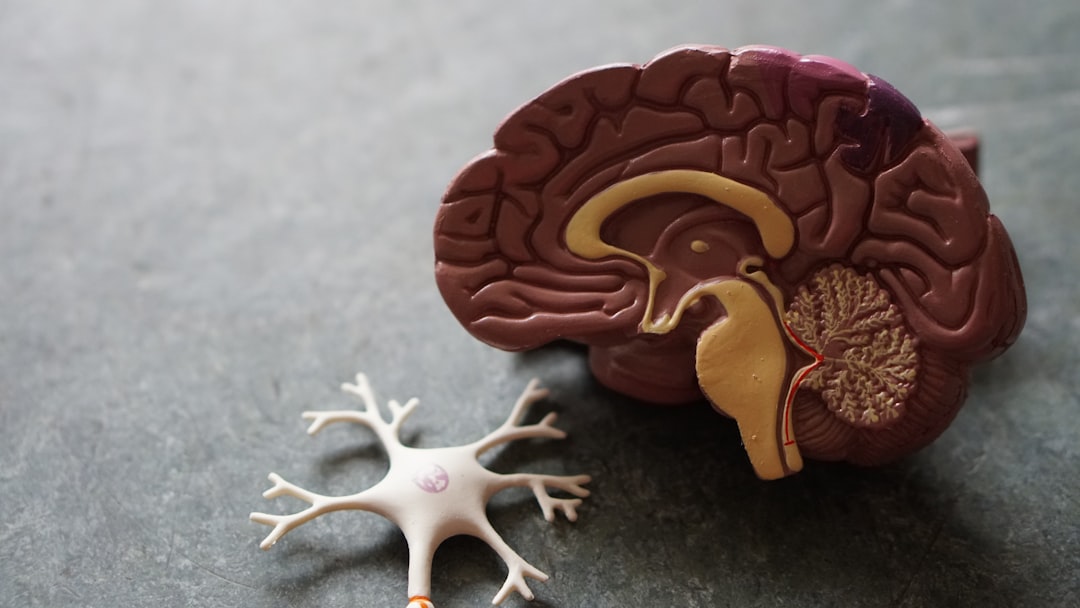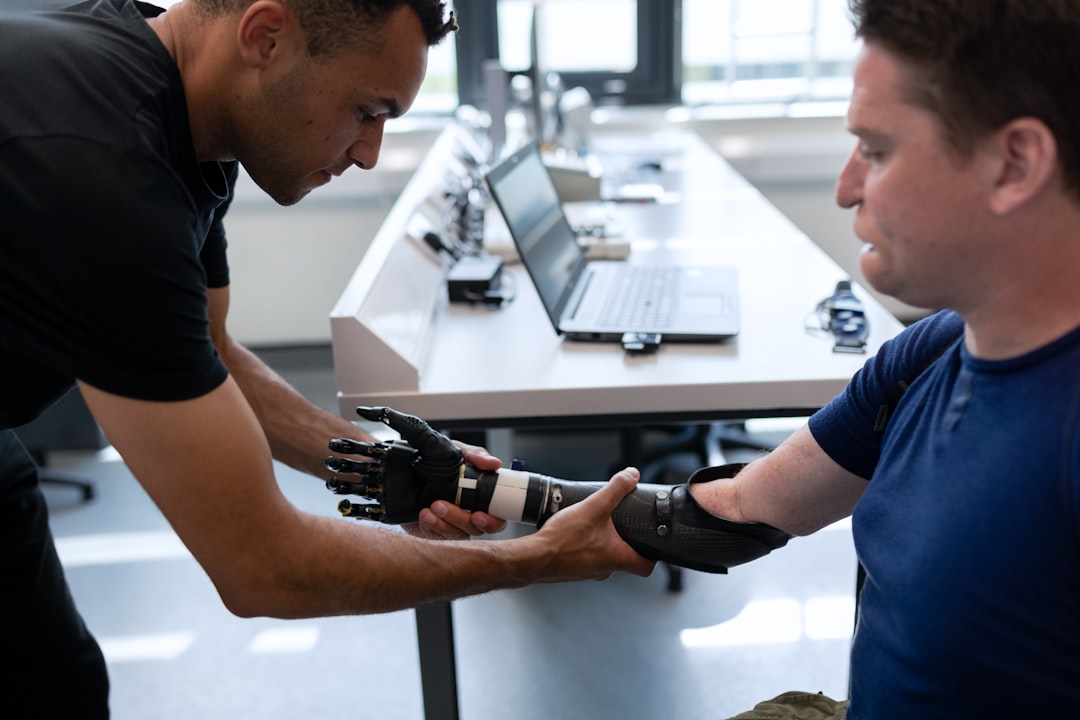What is it about?
This study tested whether adding metacognitive strategy training to traditional Semantic Feature Analysis (i.e., naming treatment) could improve people with aphasia's ability to retrieve the word for objects as well as their ability to talk around the words when the words themselves are not coming. Talking around the words can be helpful in retrieving the word themselves, and can also help listeners better guess the intended message.
Featured Image

Photo by Sahand Babali on Unsplash
Why is it important?
This is the first study to measure people with aphasia's ability to talk around words they cannot think of/say (i.e., circumlocute) as a core outcome of Semantic Feature Analysis. This was also the first study to give people with aphasia direct practice applying the circumlocution strategy independently, as opposed to with a clinician's guidance/prompting -- making this approach more likely to result in changes beyond the therapy room, as the patients gained direct experience applying the strategy themselves. Significant findings include: (a) all four participants achieved significant increases in at least one strategy-use outcome, and (b) participants and their loved ones reported noticeable changes in day-to-day communication.
Perspectives
This study comprised the bulk of my dissertation work, and I am so deeply proud of it. My greatest hope is that in reading this paper, readers continue to challenge themselves to think creatively and critically about the types of outcomes that are deemed desirable. My larger goal as a researcher, scholar, aphasiologist, and person in the world is to highlight circumlocution as a highly desirable skill and a valid form of communication.
Victoria Tilton-Bolowsky
Johns Hopkins University
Read the Original
This page is a summary of: Incorporating Metacognitive Strategy Training Into Semantic Treatment Promotes Restitutive and Substitutive Gains in Naming: A Single-Subject Investigation, American Journal of Speech-Language Pathology, July 2023, American Speech-Language-Hearing Association (ASHA),
DOI: 10.1044/2023_ajslp-22-00230.
You can read the full text:
Contributors
The following have contributed to this page










